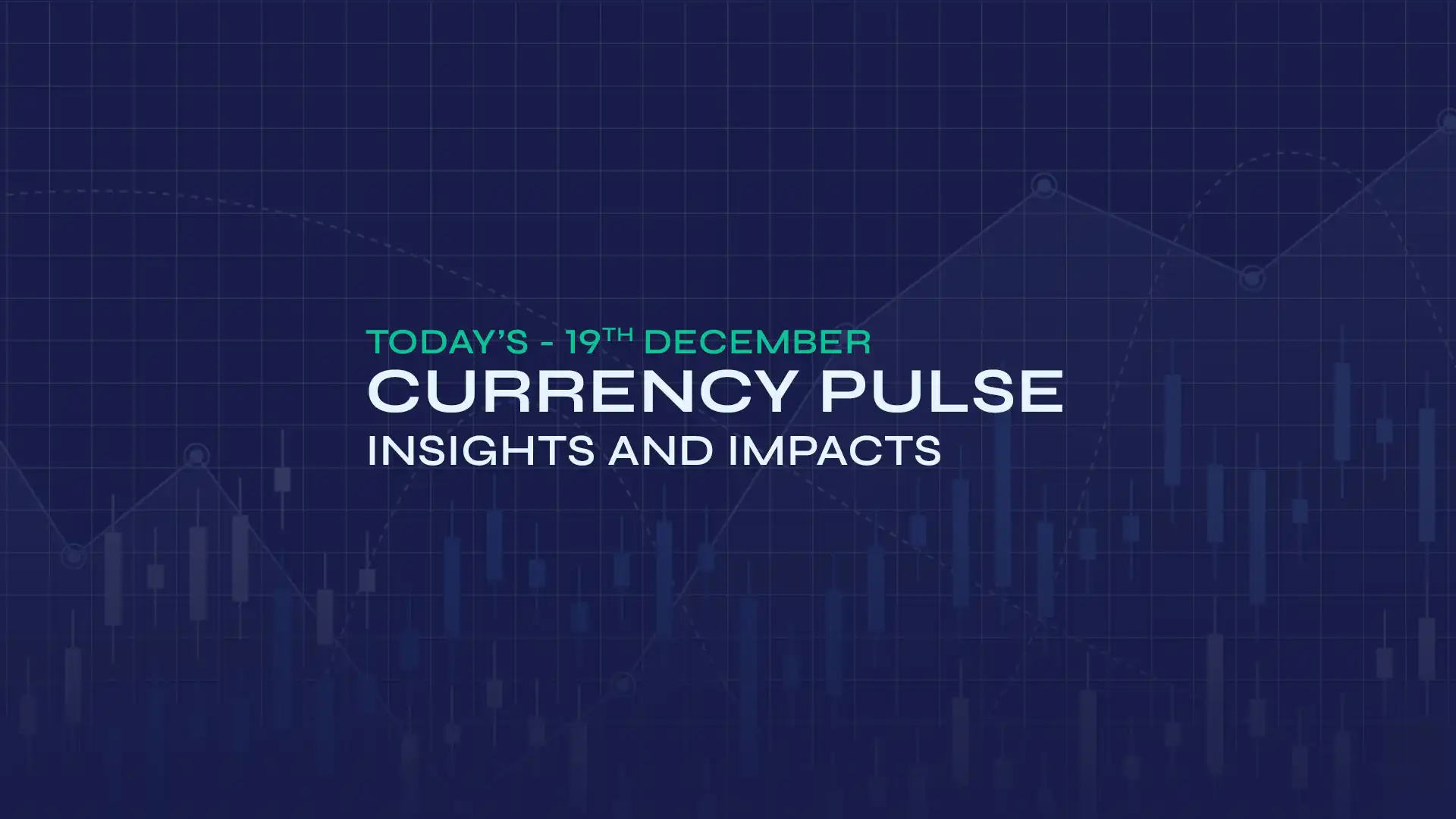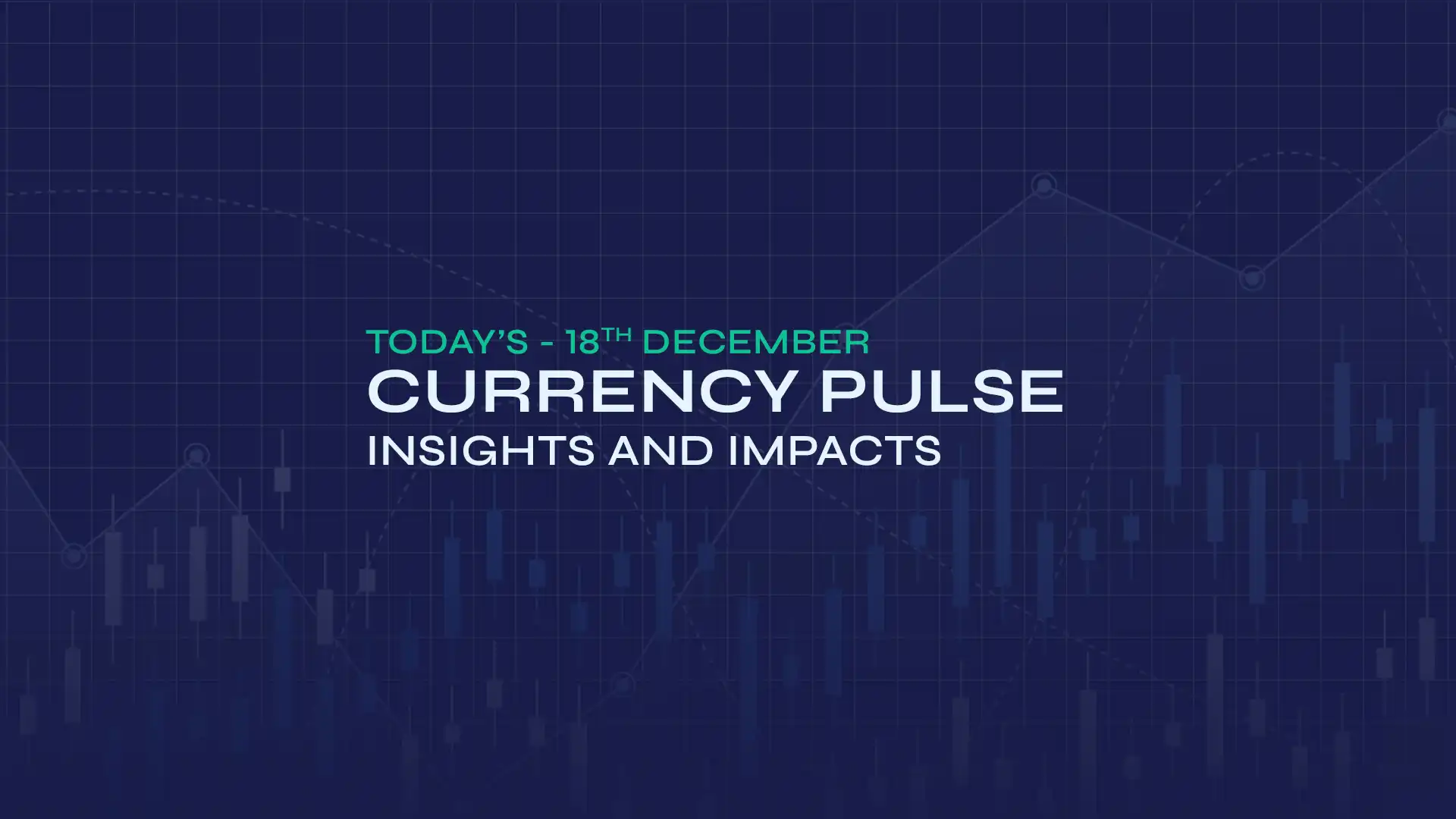GBP/JPY edged higher near 194.73 as an upward revision of Japan's Services PMI, along with expectations that higher wages will boost inflation, reinforced market anticipation of interest rate hikes by the Bank of Japan (BoJ), influencing the yen. Moreover, persistent geopolitical risks and trade-related uncertainties could bolster demand for safe havens, further strengthening the yen. The final au Jibun Bank Japan Services Purchasing Managers' Index (PMI) was revised from a flash reading of 50.8 to 51.0. This is below the previous month's final figure of 52.4, although it indicates a second consecutive expansion in services activity. Minutes from a May meeting between the BoJ and financial institutions indicated that many requests were made for the central bank to sustain or mildly reduce the speed of tapering its bond purchases starting from fiscal year 2026. The BoJ plans to review its taper strategy at the upcoming monetary policy meeting on June 16-17.
On Tuesday, BoJ Governor Kazuo Ueda spoke to market participants, sustaining a hawkish stance and suggesting potential interest rate increases in response to escalating inflation. He remarked that the "BoJ expects to keep raising rates if underlying inflation hits the anticipated 2%." Nevertheless, he underscored that tariffs and trade conflicts might threaten the economic outlook, stressing the importance of balancing monetary policy with economic growth. Regarding the BoJ meeting minutes, Ueda noted that discussions with bond market participants indicated only a few were in favour of modifying the current bond tapering strategy. Many participants emphasised the need to continue tapering bond purchases while maintaining a balance between flexibility and predictability. There were varied views on the appropriate pace for the BoJ's bond tapering beyond April 2026. Furthermore, reports suggest that Japan's Prime Minister Shigeru Ishiba might dissolve parliament for a snap general election if the main opposition party puts forward a no-confidence motion, potentially limiting any further appreciation of the JPY.
On the other hand, a resurgence in inflation and better-than-expected economic data have boosted hopes that the Bank of England (BoE) will hold the interest rate at the June 19 meeting, strengthening the pound. The Services PMI Business Activity Index registered 50.9 in May, surpassing the earlier 'flash' reading of 50.2 and rising from April's 27-month low of 49.0. Meanwhile, the seasonally adjusted S&P Global UK PMI Composite Output Index rose to 50.3 in May, up from 48.5 in April, moving back above the neutral threshold of 50.0. Swati Dhingra, a policymaker at the Bank of England (BoE), gave testimony regarding the May Monetary Policy Report (MPR) before the UK Parliament's Treasury Select Committee (TSC) on Tuesday. Fellow BoE policymaker Catherine Mann also provided testimony on the MPR, stating, "My switch in vote from a 50 bps cut to a hold reflected spillover from financial market volatility. Better to make bolder moves on rates than hold for longer. Need to be concerned that inflation at 4% could change wage and price-setting dynamics." Additionally, BoE Deputy Governor Sarah Breeden testified about the May Monetary Policy Report before the TSC on Tuesday.
Investors will look forward to Thursday's European Central Bank (ECB) interest rate decision for fresh impetus on the GBP/JPY exchange rate.
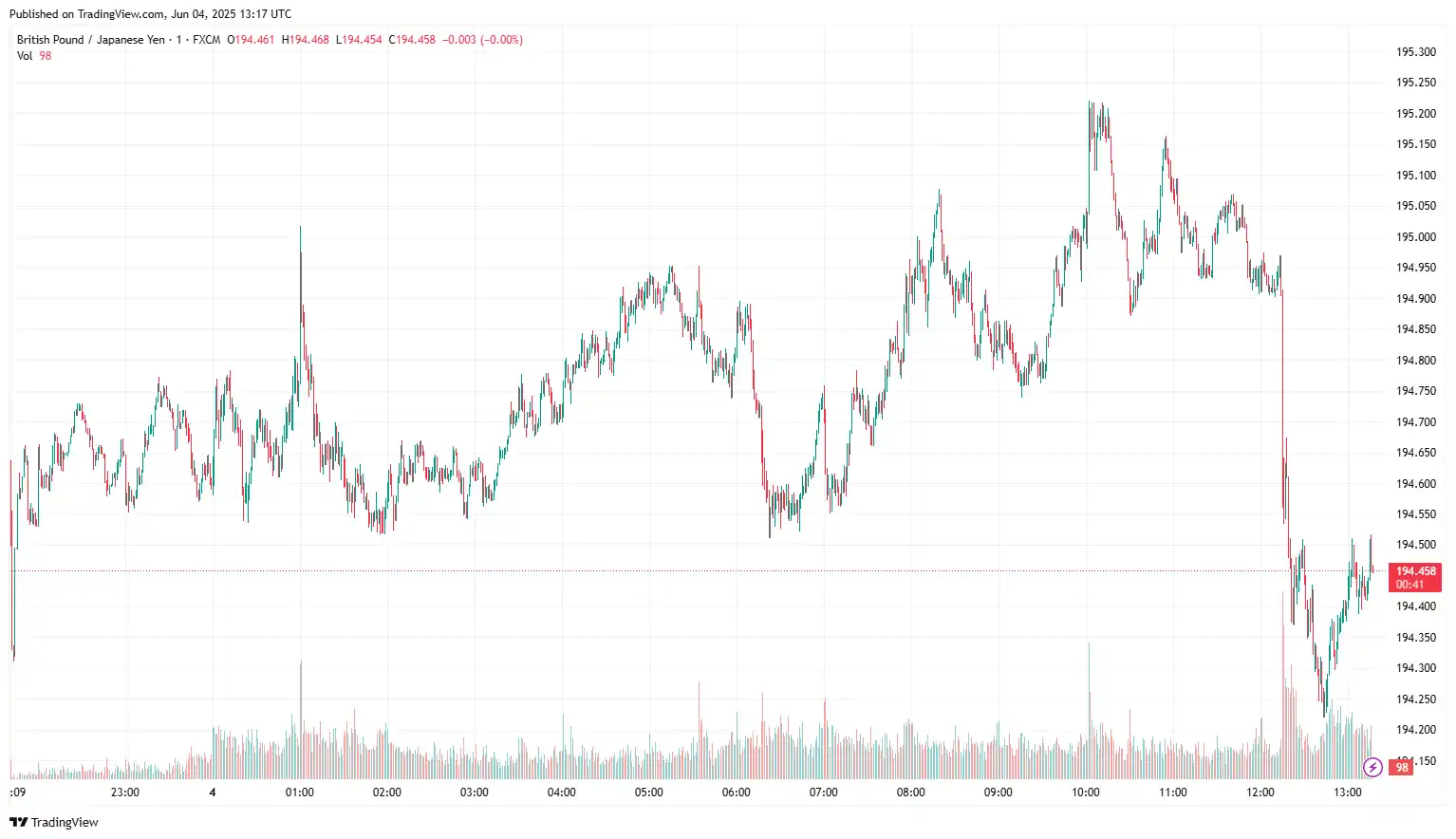
AUD/USD Rebounds on Mixed Economic Australian Data
AUD/USD recovered near 0.6473, as a release of mixed economic data from Australia supports the Australian Dollar. Australia's Gross Domestic Product (GDP) expanded by 0.2% quarter-on-quarter (QoQ) in the first quarter (Q1) of 2025, compared with growth of 0.6% in the fourth quarter of 2024, as reported by the Australian Bureau of Statistics (ABS) on Wednesday. This figure was weaker than the expected 0.4%. The annual GDP for the first quarter grew by 1.3%, matching the 1.3% growth in Q4, yet falling short of the consensus estimate of a 1.5% increase. Furthermore, the S&P Global Australia Composite Purchasing Managers' Index (PMI) declined to 50.5 in May from April's reading of 51.0, registering expansion for the eighth consecutive month. The S&P Global Australia Services PMI stood at 50.6 in May, marking 16 months of continuous expansion but at the slowest pace in six months. The Ai Group Manufacturing PMI recorded -23.5, an improvement from the previous -26.5.
On the policy front, the Reserve Bank of Australia (RBA) released the minutes from its May monetary policy meeting on Tuesday. The board emphasised that the case for a 25 basis points (bps) cut was compelling and opted for a cautious and predictable policy approach. The statement noted, "Inflation still not at mid-point of the target band, the labour market still tight. The board agreed that developments in the domestic economy alone justified a rate cut. Progress on inflation suggested that policy could be less restrictive. There remains some downside risk that domestic household consumption may not improve." On Tuesday, Sarah Hunter, Assistant Governor of the Reserve Bank of Australia (RBA), warned that "higher US tariffs will put a drag on the global economy." She emphasised that "a weaker global growth environment would moderately reduce prices for tradable goods. Increased uncertainty could lead to declines in investment, output, and employment. A rise in global uncertainty has a significantly negative impact on Australian business investment. Nevertheless, Australia's exporters are generally well-prepared to handle these challenges, provided that Chinese authorities support their economy through fiscal stimulus."
On the greenback front, rising market concerns over the impact of US President Donald Trump's tariffs on the US economy and global trade continue to dampen the currency's value. The Job Openings and Labour Turnover Survey (JOLTS) showed the number of job openings on the last business day of April stood at 7.39 million, rising from March's 7.2 million openings and surprisingly exceeding the market expectation of 7.1 million. US factory orders contracted more than anticipated in April, declining 3.7% month-on-month, marking their lowest level in 15 months. The previous month also experienced a significant downward revision, decreasing to 3.4% from the initial figure of 4.3%. On Tuesday, Federal Reserve Board of Governors member Lisa D. Cook remarked that while the US economy currently seems robust, the primary threat to economic stability lies in the trade policies of the Trump administration.
In the upcoming session, the Australian Goods Trade Balance, US ISM Services Purchasing Managers Index (PMI) survey results, and the US Nonfarm Payrolls (NFP) report for May will influence the AUD/USD exchange rate.
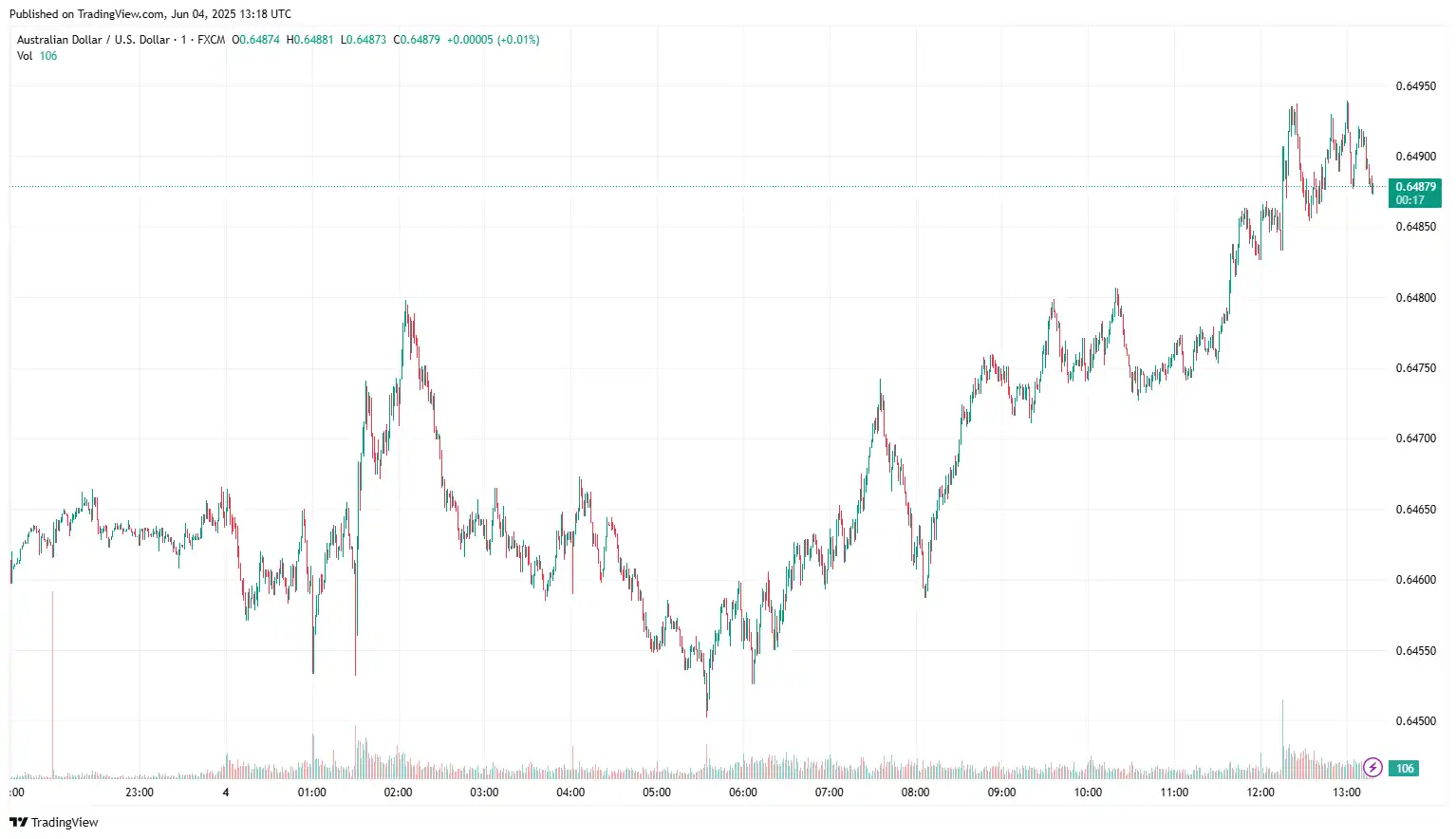
EUR/GBP Wavers Following Eurozone PMI Data
EUR/GBP traded in a narrow range near 0.8417 following the release of Purchasing Managers' Index (PMI) data from the Eurozone and Germany. HCOB Eurozone Composite PMI registered at 50.2 in May, slightly down from the previous reading of 50.4 but above the expected 49.5. Meanwhile, the Services PMI decreased to 49.7 from the prior 50.1, although it remains above the expected reading of 48.9. Furthermore, HCOB Germany Composite PMI fell to 48.5 in May, a tad below the anticipated 48.6 and April's reading of 50.1. The German Services PMI also dropped to 47.1 from the earlier 49.0. In Spain, the Services PMI decreased to 51.3, down from 52.8 in April and shy of the expected 53.4, signalling a slowdown in the growth of the services sector. Conversely, Italy's Services PMI rose to 53.2, up from 52.1 and surpassing forecasts of 52.9, indicating ongoing expansion in the sector. France's Final Services PMI stood at 48.9, higher than the previous month's 47.4, yet still below the 50.0 threshold, signalling continued contraction. On Tuesday, the Harmonised Index of Consumer Prices (HICP) inflation eased to 1.9% year-on-year in May, down from 2.2% in April. This figure was softer than the expected 2.0%. Meanwhile, core HICP inflation declined to 2.3% year-on-year in May, down from 2.8% in the previous reading, below the consensus of 2.5%. The seasonally adjusted unemployment rate in the euro area stood at 6.2%, a decrease from 6.3% in March 2025 and 6.4% in April 2024. Italy's seasonally adjusted unemployment rate also fell to 5.9% in April, down from 6.1% in March, marking the lowest point since early 2024 and undershooting market expectations of 6.1%. Additionally, in May 2025, Spain saw a decline of 57,835 registered unemployed individuals, or 2.3% month-over-month, resulting in a total of 2.45 million unemployed, the lowest figure since July 2008.
Conversely, recent comments from Bank of England (BoE) officials following Tuesday's Monetary Policy Report Hearings dampened market sentiment regarding the pound. Earlier that day, BoE representatives spoke in parliament, providing new perspectives on the central bank's policy direction during the hearings. BoE Governor Andrew Bailey reaffirmed that interest rates are likely to decrease while emphasising the growing uncertainty ahead. "I think the path remains downwards, but how far and how quickly is now shrouded in a lot more uncertainty," Bailey remarked, referencing the increased global trade tensions and their potential impact on investment and economic growth. The seasonally adjusted UK Manufacturing Purchasing Managers' Index (PMI) rose to 46.4 in May, up from April's 45.4 and exceeding the previous flash estimate of 45.1. However, the sector has remained below the neutral 50.0 threshold for the eighth consecutive month.
In today's session, Purchasing Managers' Index (PMI) data from both regions will influence the EUR/GBP exchange rate.
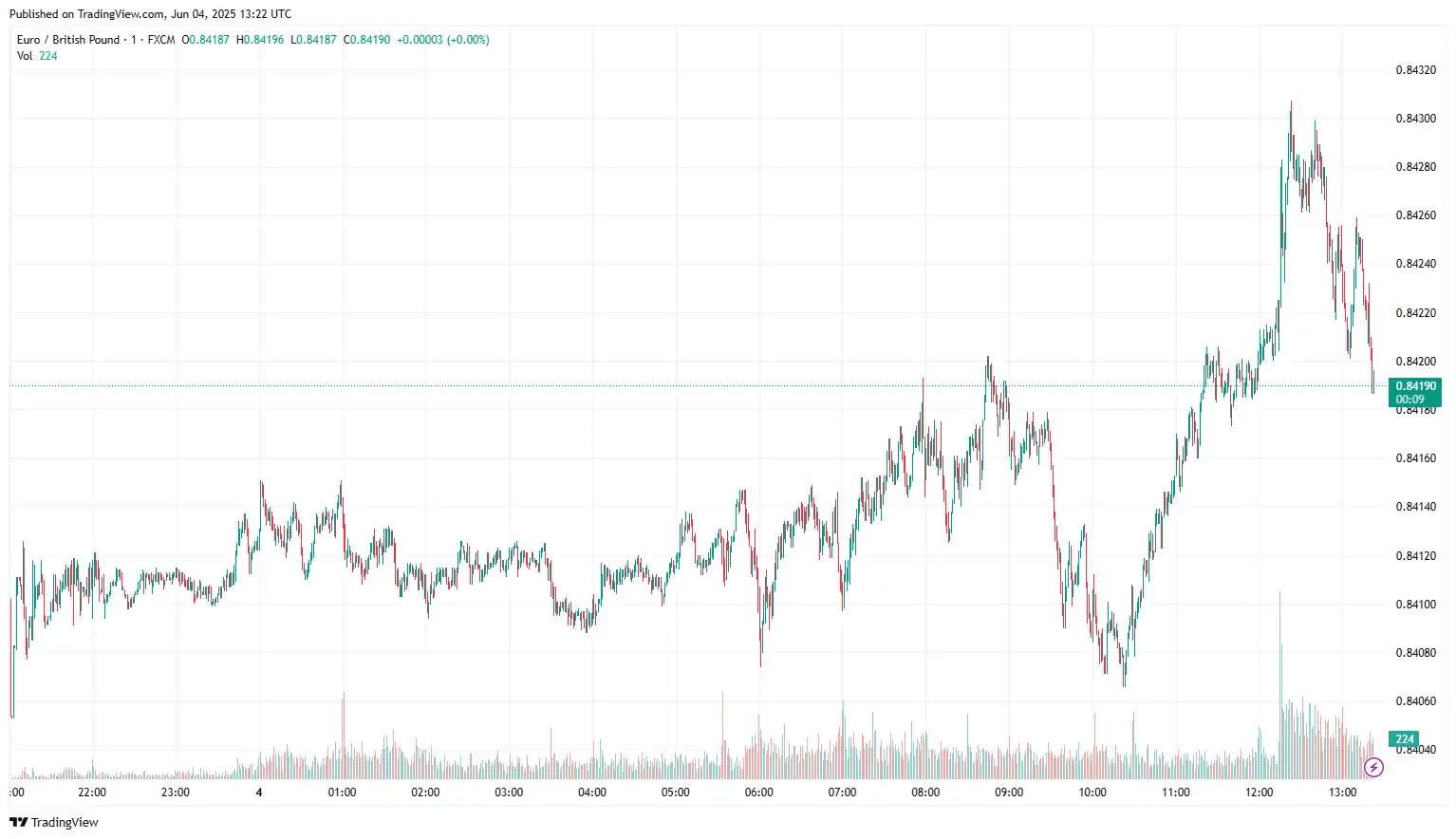
EUR/USD Struggles as Eurozone Inflation Drops Under ECB’s 2% Target
EUR/USD fluctuated near 1.1386 following the release of softer-than-anticipated Eurozone inflation data. The Eurozone's Harmonised Index of Consumer Prices (HICP) increased by 1.9% annually in May, down from a 2.2% rise in April, according to official data from Eurostat released on Tuesday. Markets had anticipated a 2% increase for the reported month. The core HICP rose by 2.3% year-over-year (YoY) in May, slower than April's 2.7% growth and below the 2.5% estimate. Monthly, the HICP showed no change in May, contrasting with April's 0.6% increase. Meanwhile, the core HICP inflation recorded a 0% change month-over-month (MoM) in May, following a 1% rise in April. Meanwhile, the bloc's unemployment rate decreased to 6.2% in April, down from March's revised rate of 6.3%. As the inflation remains well below the European Central Bank's (ECB) target, it has provoked market bets that the ECB will reduce its Deposit Facility Rate by 25 bps to 2% at the upcoming monetary policy meeting.
In addition, the HCOB Eurozone Services PMI Business Activity Index dipped below the 50.0 threshold in May, marking the first time since last November that this has occurred, indicating a renewed decline in output. The index fell from 50.1 in April to 49.7, suggesting a slight contraction in services activity during the middle of the second quarter. The seasonally adjusted HCOB Eurozone Composite PMI Output Index, which represents a weighted average of the HCOB Manufacturing PMI Output Index and the HCOB Services PMI Business Activity Index, decreased to 50.2 in May, down from 50.4 in April. While this was the fifth consecutive monthly reading above the 50.0 level, thus remaining in expansion territory, it signified only a modest overall upturn, the weakest since February.
On the other hand, concerns regarding the deteriorating US fiscal situation and the economic impact of trade tariffs, coupled with an increasing acceptance that the Federal Reserve (Fed) will further reduce borrowing costs by the end of this year, weighed on the US dollar. On Tuesday, the US Bureau of Labour Statistics (BLS) reported in the Job Openings and Labour Turnover Survey (JOLTS) that job openings reached 7.39 million on the last business day of April. This figure surpasses the 7.2 million openings noted in March and exceeds the market expectation of 7.1 million. Austan Goolsbee, President of the Federal Reserve Bank of Chicago, aligned with other Fed officials on Tuesday, acknowledging that although the current situation appears positive, there is still significant policy uncertainty due to President Trump's fluctuating tariff strategies. The Fed is preparing for possible economic consequences from widespread tariffs. Meanwhile, Atlanta Federal Reserve President Raphael Bostic suggested that the strength of the economy gives the US central bank a chance to evaluate how tariffs impact inflation and growth, and he also showed openness to possibly implementing a single interest rate cut later this year.
Broader market sentiment surrounding the Eurozone's final HCOB Services PMI numbers, the US ISM Services PMI, and ADP Employment Change figures will influence the EUR/USD exchange rate.

Stay Ahead in the Currency Game
Whether you're a daily FX trader or handle international transactions regularly, our 'Currency Pulse' newsletter delivers the news you need to make more informed decisions. Receive concise updates and in-depth insights directly in your LinkedIn feed.
Subscribe to 'Currency Pulse' now and never miss a beat in the currency markets!
Ready to act on today’s insights? Get a free quote or give us a call on: +44 (0)20 7740 0000 to connect with a dedicated portfolio manager for tailored support.
Important Disclaimer: This blog is for informational purposes only and should not be considered financial advice. Currency Solutions does not take into account the investment objectives, financial situation, or specific needs of any individual readers. We do not endorse or recommend any specific financial strategies, products, or services mentioned in this content. All information is provided “as is” without any representations or warranties, express or implied, regarding its accuracy, completeness, or timeliness.



